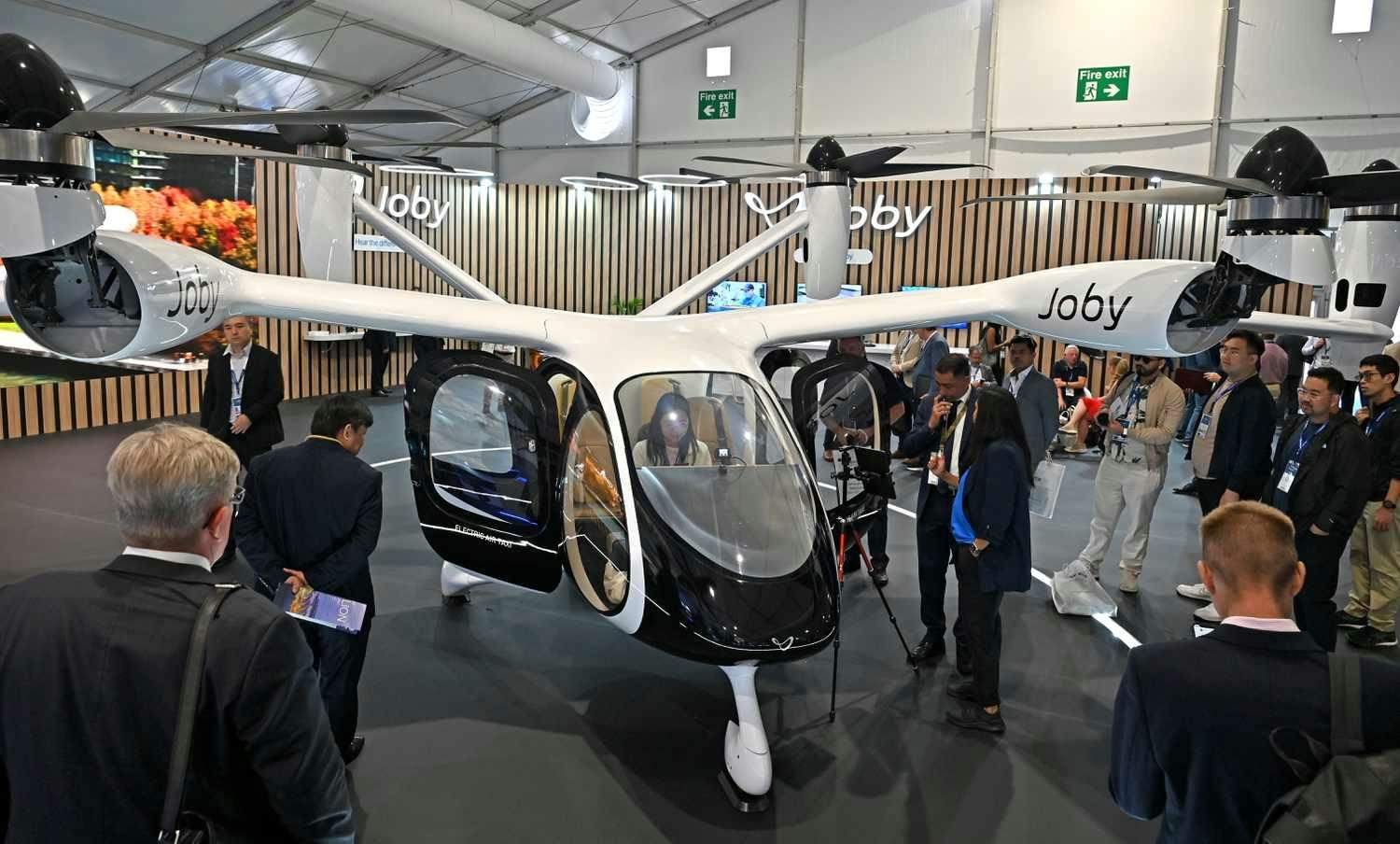
AeroGenie – Ihr intelligenter Copilot.
Trends
Categories
Rethinking Assurance Models in Aerospace
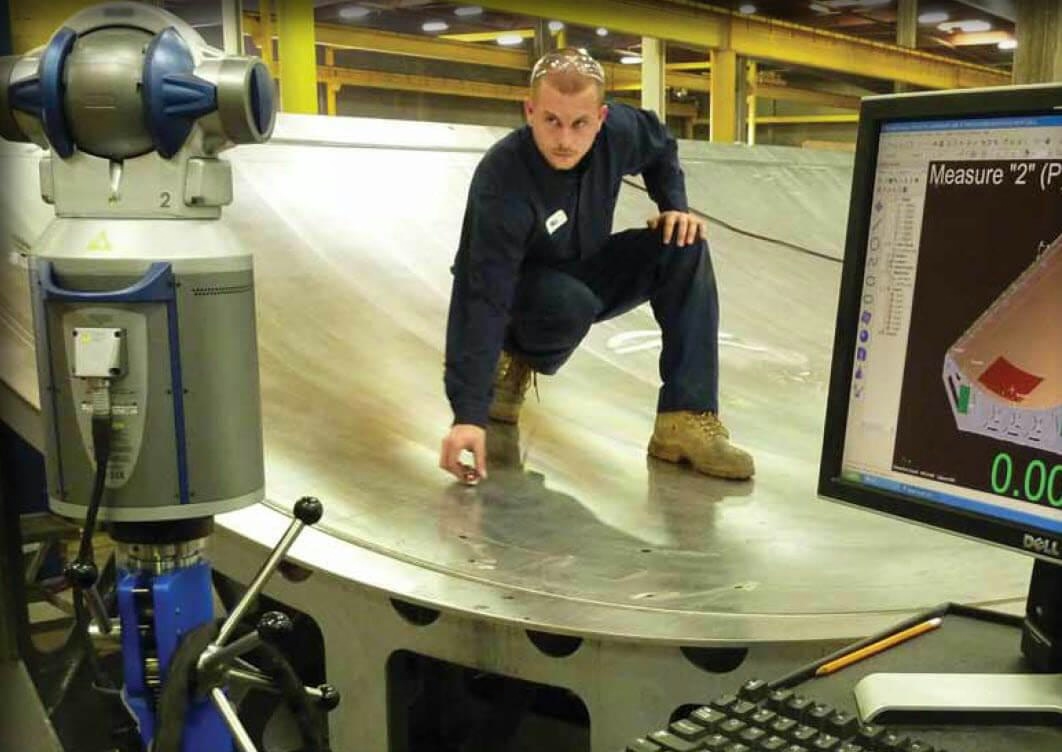
Rethinking Assurance Models in Aerospace
Aerospace platforms are experiencing a profound transformation, increasingly characterized by software integration, automation, and enhanced connectivity. At this year’s Paris Air Show, the focus notably shifted away from traditional airframes and propulsion systems toward the digital technologies that are reshaping modern aircraft. Discussions centered on AI-driven design tools, live demonstrations of digital thread implementations, and simulation-based validation environments, underscoring a broader industry movement toward digitalization.
This shift introduces significant complexities throughout the development lifecycle. Jeff Hoyle, Executive Vice President of Aero, Space and Defence at Expleo, highlights a critical challenge facing the sector: ensuring safety and reliability within systems that are adaptive, data-driven, and often opaque. Conventional assurance models, which were designed for linear and deterministic processes, are increasingly inadequate. The aerospace industry is therefore advocating for a new assurance paradigm—one that incorporates artificial intelligence, facilitates real-time traceability, and supports continuous compliance with rigorous regulatory frameworks.
From Static Testing to Predictive Assurance
Traditionally, aerospace validation has relied on static testing schedules and predefined fault models. However, as aircraft systems grow more automated and data-intensive, assurance practices are evolving toward real-time anomaly detection and predictive risk management. Artificial intelligence and machine learning are central to this transition. Advanced algorithms can detect subtle deviations in system behavior, identifying weak signals that might otherwise be lost within vast operational datasets.
Research conducted by NASA illustrates the advantages of combining statistical methods with AI to identify early warning signs in aviation data. This approach enables engineers to intervene earlier in the validation process, thereby reducing the likelihood of failures during later stages. Deep learning techniques, such as autoencoders, are employed to analyze multivariate sensor data from aero-engines, detecting outlier behaviors without requiring exhaustive definitions of every potential failure mode. Studies indicate that unsupervised learning methods can maintain high accuracy even when confronted with noisy or incomplete data, offering promising applications for flight testing and certification planning.
The implications of these technologies extend beyond mere efficiency improvements. By allowing engineers to detect faults within virtual environments, AI compresses development timelines while maintaining, or even enhancing, safety standards.
Navigating New Risks and Market Pressures
As aerospace systems become increasingly integrated and software-dependent, maintaining lifecycle traceability and data visibility is paramount. Companies must continuously monitor component performance and track software modifications throughout the product lifecycle to ensure ongoing compliance and safety.
This imperative for new assurance models arises amid broader industry challenges. The Aerospace Industries Association, representing major corporations such as Boeing, Airbus, RTX, and GE Aerospace, has cautioned that potential new US tariffs could disrupt air safety and supply chains. The association has called for a 180-day suspension of additional tariffs to avoid operational disturbances. In response, companies may be compelled to diversify supply chains or invest in domestic production capabilities, strategies that could elevate costs and intensify regulatory scrutiny on compliance and safety protocols.
The convergence of digital transformation and evolving global trade dynamics is fundamentally reshaping how aerospace companies approach assurance. Integrating AI-driven validation with comprehensive lifecycle traceability is essential not only to meet advancing safety standards but also to navigate the uncertainties of a shifting market landscape. As the industry adapts, the capacity to guarantee safety and reliability in increasingly complex systems will remain central to aerospace innovation.

Growth Expected in Aviation Biofuels Market
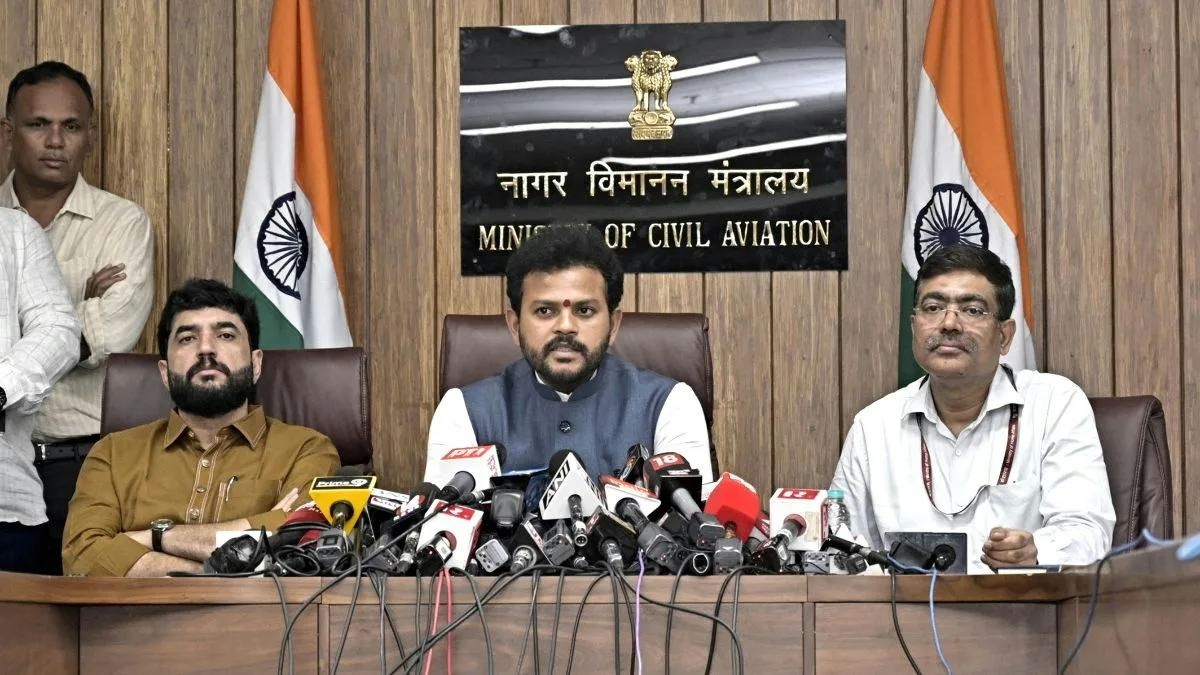
Civil Aviation Minister Says Air India Crash Investigation Is Thorough and Professional
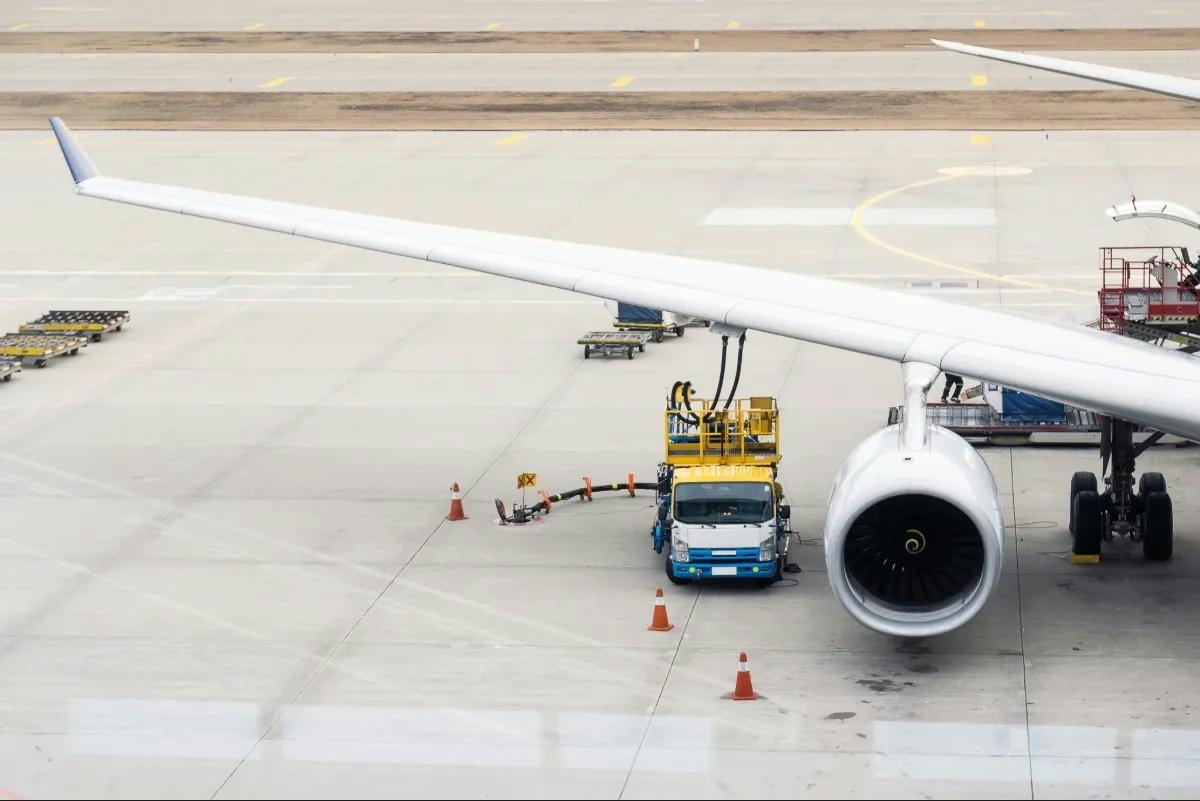
Airline Industry Challenges in 2025: Layoffs, Mergers, and AI Pricing
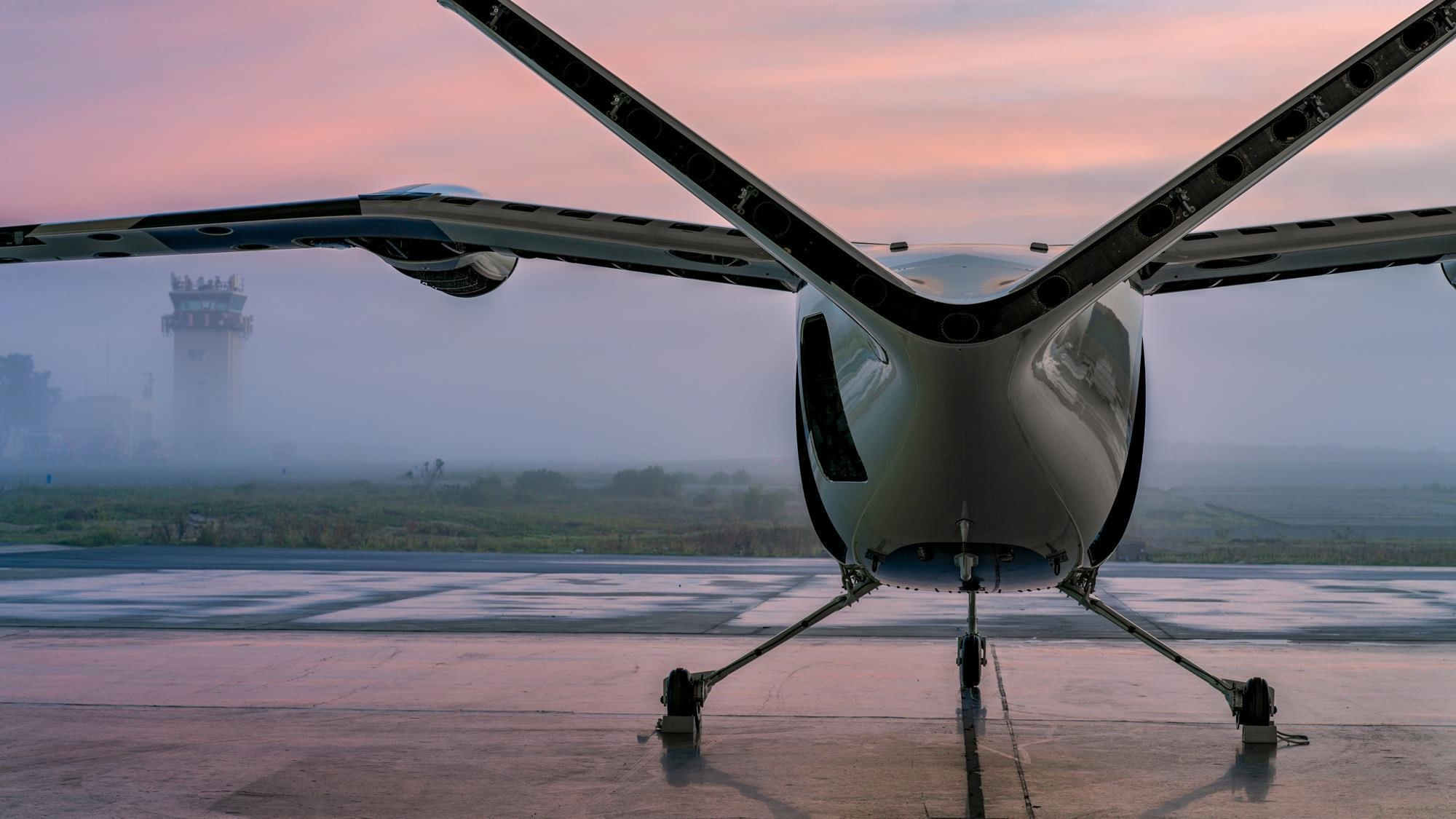
FAA to Review Honda’s Exemption Request for eVTOL Aircraft Trials in the US
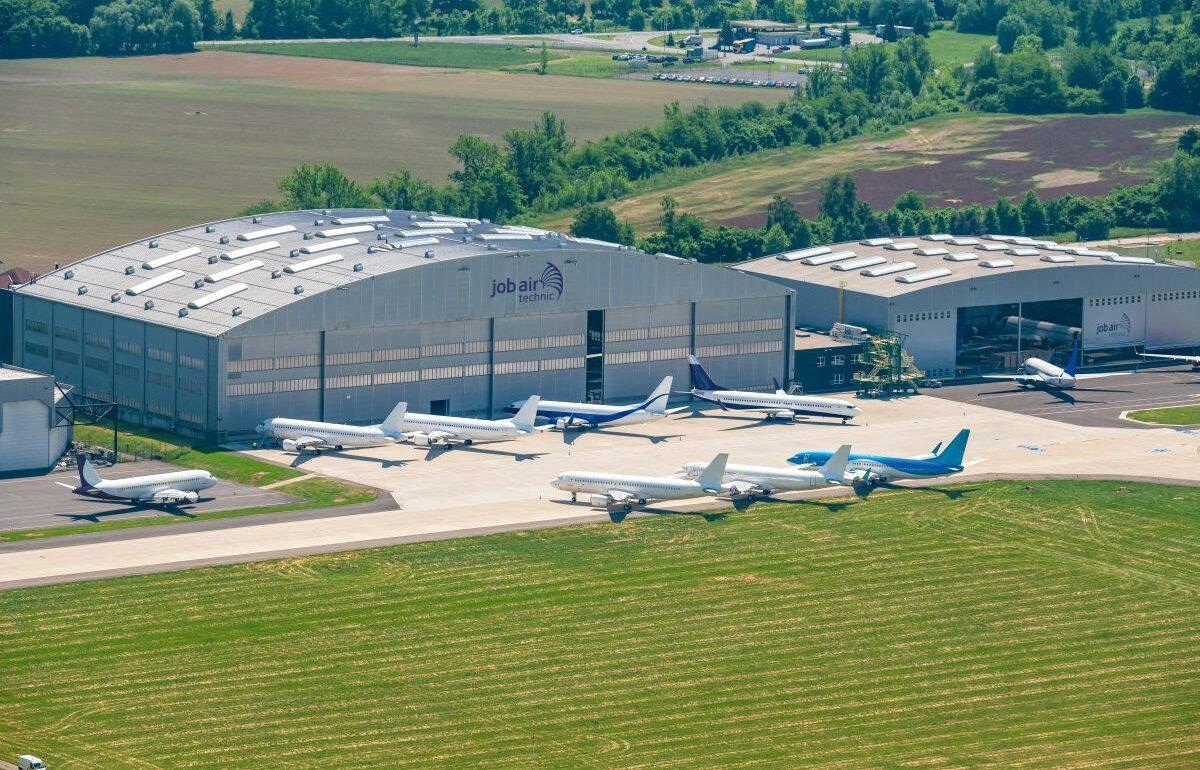
New Aviation Maintenance and Training Center Planned for North Bali

Airbus Exceeds 2025 Delivery Target with 793 Aircraft
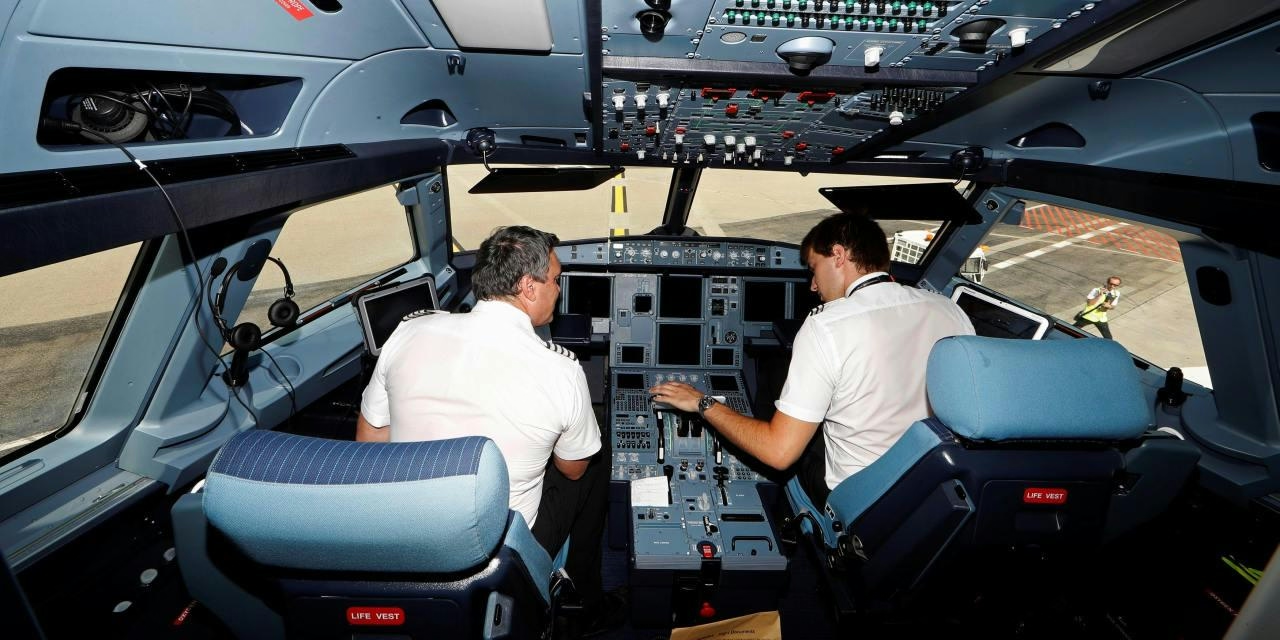
TransDigm Group Reshapes the Aerospace Supply Chain
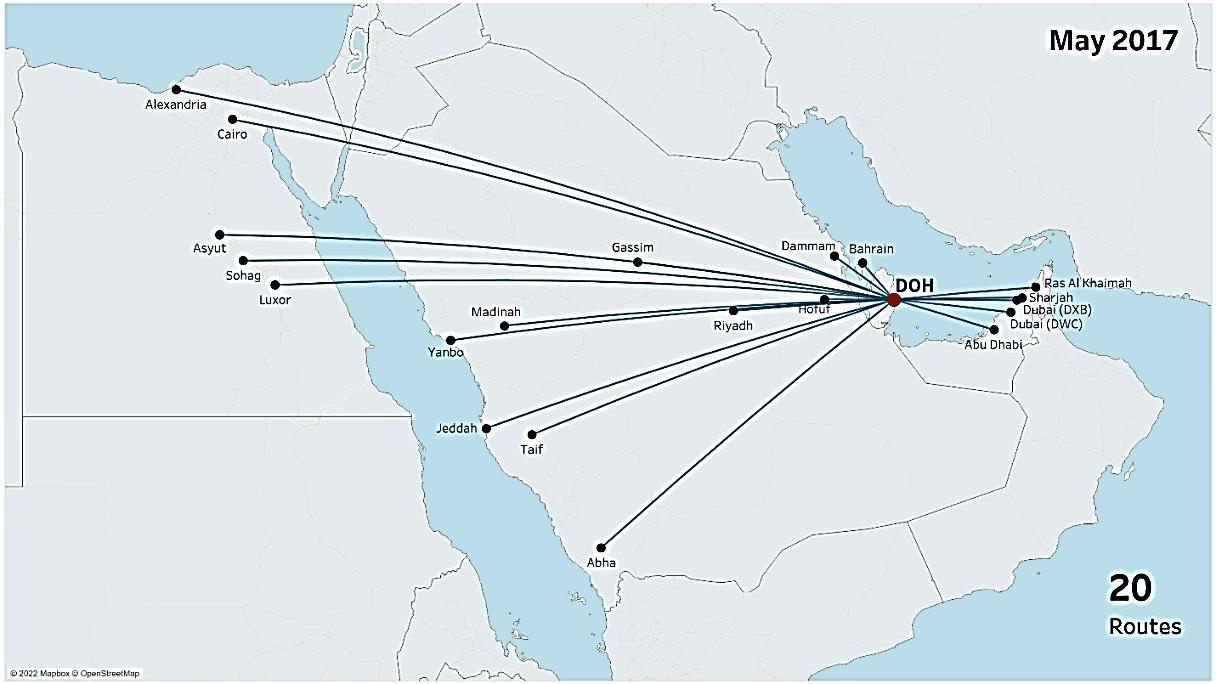
Qatar Secures ICAO Re-election and Expands Aviation Routes

UAE and China Advocate for Flying Taxis Over Self-Driving Cars
